Planting Hops Rhizomes: Is Hops Grown From Rhizomes Or Plants
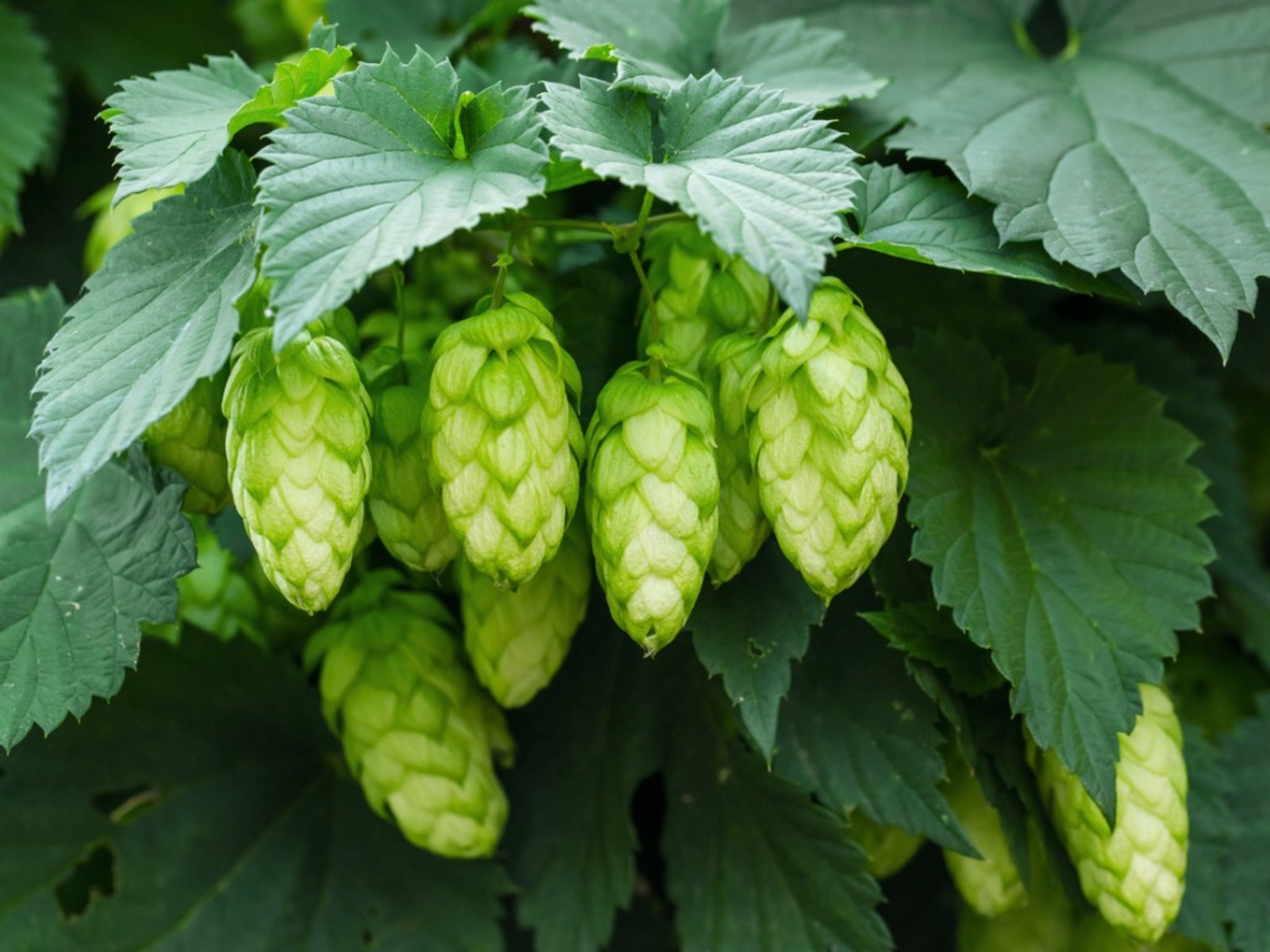
Thinking of brewing your own beer? While dried hops can be purchased for use in your brewing, a newer trend of using fresh hops is on the move and growing your own backyard hops plant is a good way to begin. Are hops grown from rhizomes or plants though? Read on to learn more.
Are Hops Grown from Rhizomes or Plants?
A rhizome is a subterranean stem of a plant that is capable of sending out roots and shoots from its nodes. Also called rootstocks, rhizomes retain the ability to send new shoots upwards to become a plant. So, the answer is that hops plants are grown from rhizomes, but you can purchase either hops rhizomes for growing or established hops plants for planting in your beer garden.
Where to Get Hops Rhizomes
Hop rhizomes for growing in the home garden can be purchased online or through a licensed nursery. Plants from a licensed nursery are often more reliable and disease-resistant because hops are susceptible to a number of diseases and pests, including hop stunt viroid and other viruses, downy mildew, Verticillium wilt, crown gall, root knot nematode, and hop cyst nematode--none of which you want infiltrating your hops garden. Hops are begat via female plants and can take a minimum of three years for a full crop; therefore, it behooves the grower/investor to buy certified stock from reputable sources. The National Clean Plant Network for Hops (NCPN-Hops) at Washington State University's Agricultural and Extension Center focuses on identifying and eliminating diseases that affect hop yields and quality. Purchasing hops rhizomes for growing from NCPN is a guarantee that you will be getting healthy disease-free stock. Alternately, if you purchase from another location, contact the Department of Agriculture for that state for questions regarding the licensing of the seller. Go to the National Plant Board Member ship page and click on the name of the state, which will bring up the website for that state's Department of Agriculture and a contact name for questions.
Planting Hops Rhizomes
Hops are easy to cultivate if planted in rich organic soils with enough space for a 20 to 30 foot (6-9 m.) long vine, in a region with a lengthy growing season in full sun. Plant the hops no later than mid-April in warm areas and mid-May in cooler regions. First dig a narrow trench about 1 foot (31 cm.) deep and a bit longer than the hop rhizome. Plant one rhizome, buds pointing up, per hill and cover with an inch (2.5 cm.) of loose soil. The rhizomes should be spaced 3 to 4 feet (about 1m.) apart and mulched heavily to aid in weed control and moisture conservation. Amend the soil with composted fertilizer in the spring and side dress with nitrogen at ½ teaspoon per plant in June. Several shoots will emerge from each rhizome. Once the shoots are about a foot long (31 cm.), choose the two or three healthiest and remove all the others. Train the shoots to grow along a trellis or other support by winding them clockwise, following their natural growth habit. Keep the vines spaced as you train them to improve light access, air circulation, and reduce the incidence of diseases. Continue to maintain your hop plants for a few years and soon you will be reaping cones in late August to early September, just in time to brew up some holiday ales.
Gardening tips, videos, info and more delivered right to your inbox!
Sign up for the Gardening Know How newsletter today and receive a free copy of our e-book "How to Grow Delicious Tomatoes".

Amy Grant has been gardening for 30 years and writing for 15. A professional chef and caterer, Amy's area of expertise is culinary gardening.
-
 Types Of Tomatoes Explained: Explore The Many Wonderful Shapes, Colors, Flavors, & Best Uses
Types Of Tomatoes Explained: Explore The Many Wonderful Shapes, Colors, Flavors, & Best UsesThe world of tomato varieties is vast and fascinating. Learn about the key types to grow in your garden, tailored to your preferences and space.
By Amy Grant
-
 Try The Trend – Turn Any Bed Into A Keyhole Garden With This Clever In-Ground Composter
Try The Trend – Turn Any Bed Into A Keyhole Garden With This Clever In-Ground ComposterKeyhole gardening is an efficient and sustainable practice that saves space. Get started on this DIY project quickly and easily with an in-ground composter.
By Bonnie L. Grant
-
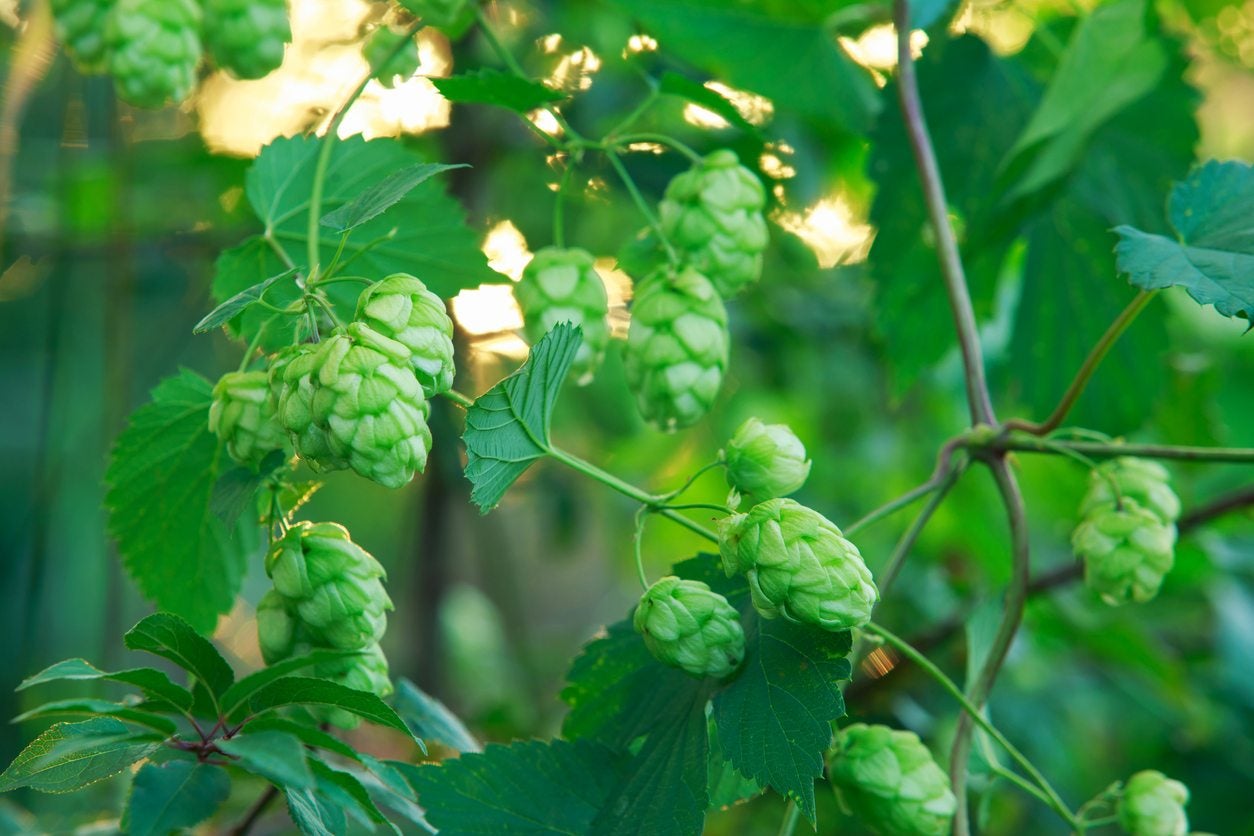 Hops Plant Pruning: When And How To Prune A Hops Plant
Hops Plant Pruning: When And How To Prune A Hops PlantIf you're a home brewer, there's nothing more satisfying than growing your own hops. But hops are long, fast growing vines that require some strategic pruning to get the most out of them. Learn more about how to prune a hops plant in this article.
By Liz Baessler
-
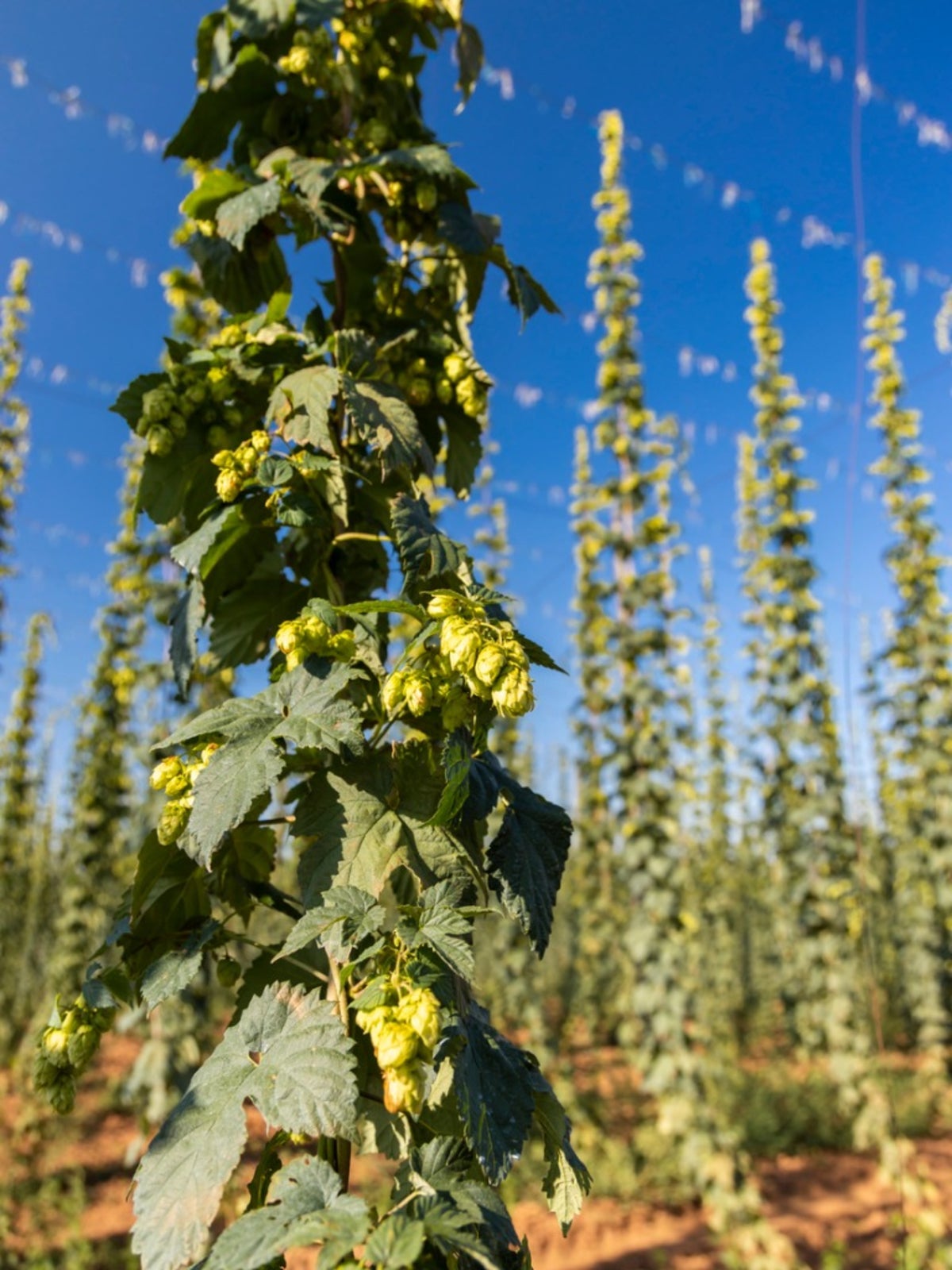 Hops Companion Plants: Learn What To Plant With Hops In Gardens
Hops Companion Plants: Learn What To Plant With Hops In GardensCompanion planting with hops can enhance crop growth and provide a decoy for pesky critters. That said, hop vines are aggressive growers so companion plants need to be considered carefully. This article can help with that.
By Bonnie L. Grant
-
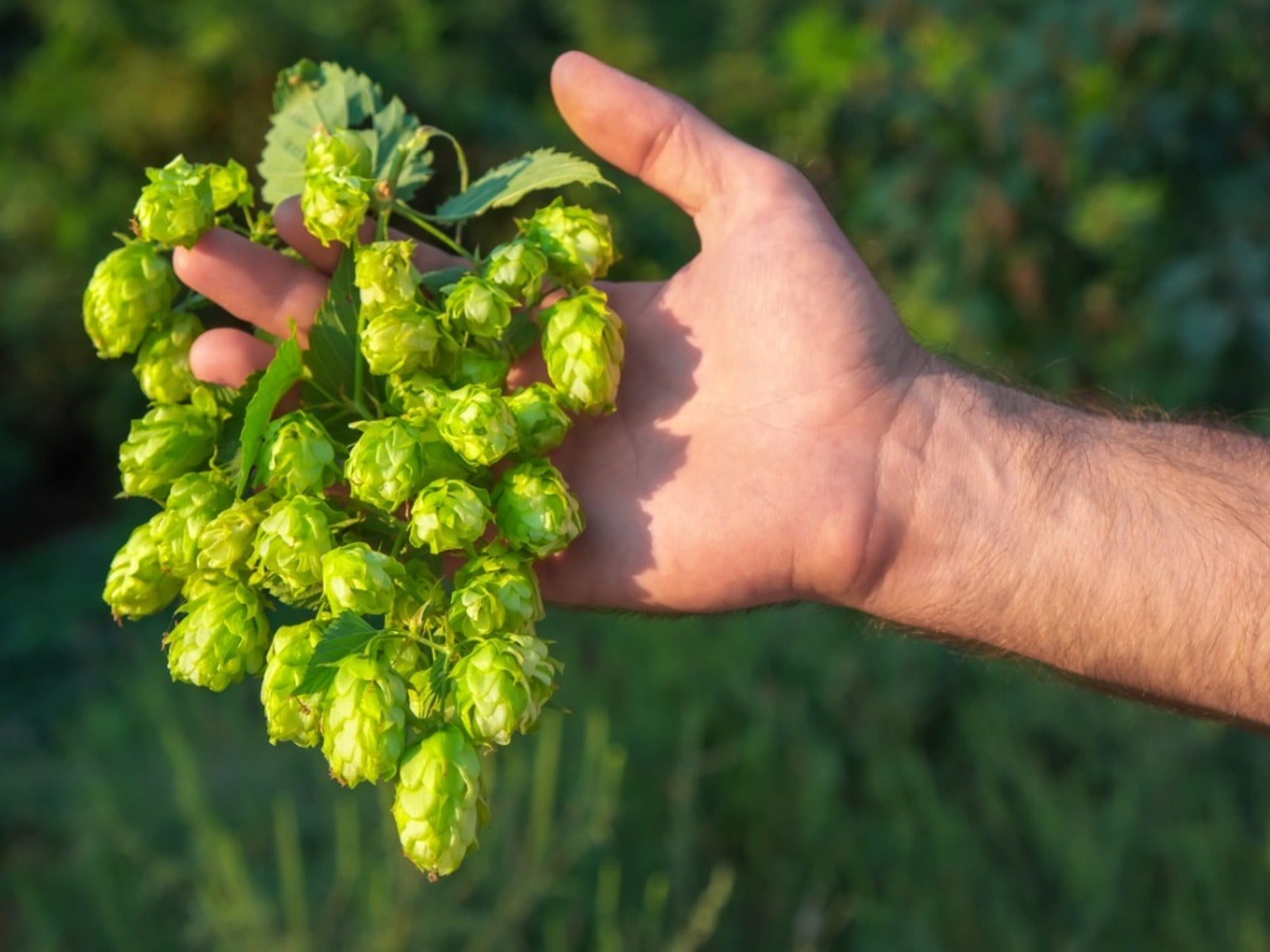 Harvesting Hops Plants: When Is Hops Harvest Season
Harvesting Hops Plants: When Is Hops Harvest SeasonAre you a home brewer? If you have some extra space in your garden, consider growing your own hops to make your beer even more personal.
By Liz Baessler
-
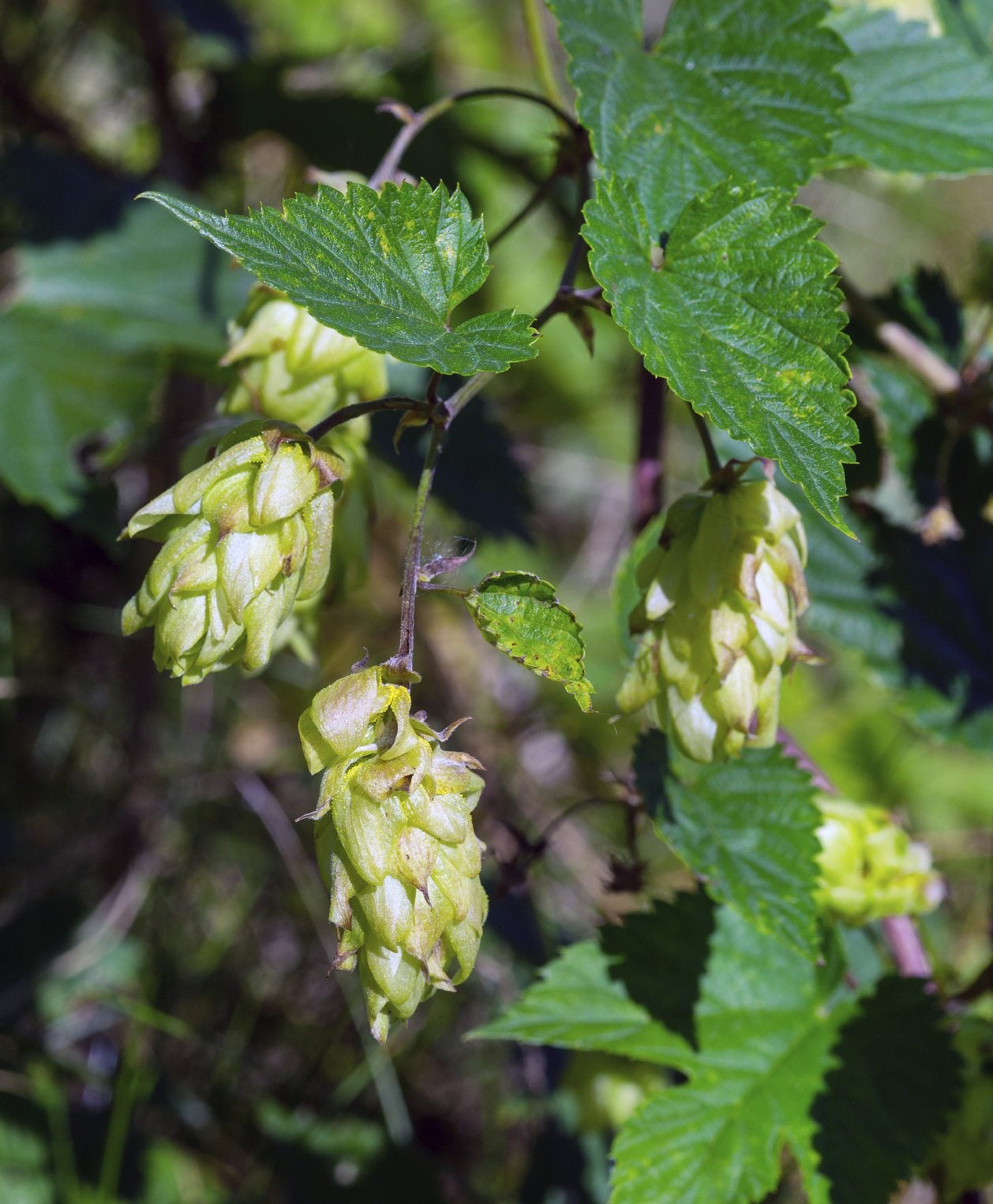 Hops Plant Fertilizer: How And When To Feed Hops Plants
Hops Plant Fertilizer: How And When To Feed Hops PlantsHops can grow up to a whopping 30 feet (9 m.) in a year! To attain this amazing size, it isn't any wonder that they like to be fed every so often. What are hops fertilizer requirements? The following article contains a sort of hops fertilizer guide to help.
By Amy Grant
-
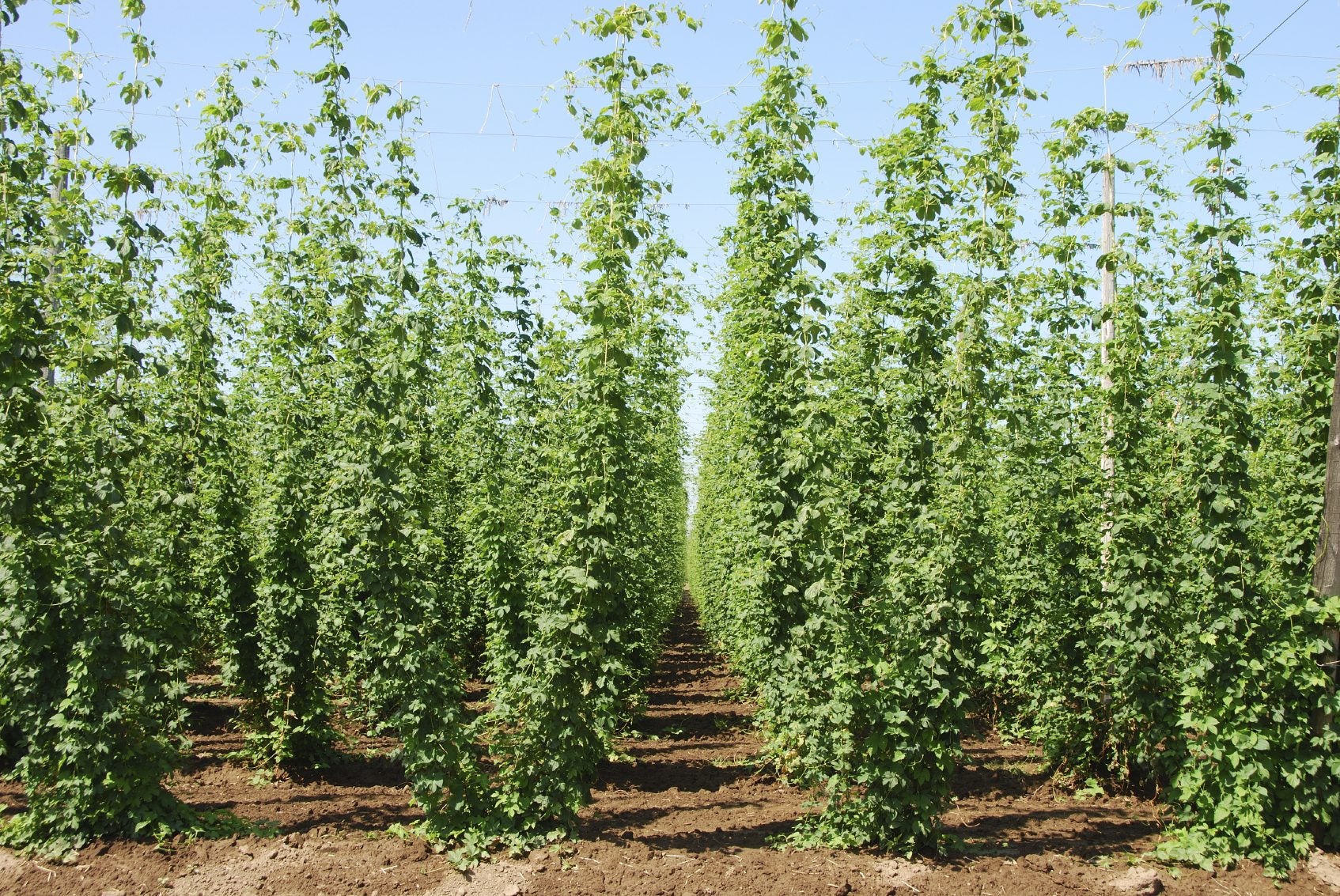 Hops Spacing Requirements – Tips On Plant Spacing For Hops
Hops Spacing Requirements – Tips On Plant Spacing For HopsMost people know that hops are used to make beer, but did you know that the hop plant is a fast-climbing vine? If you decide to grow hops, give a thought to hops plant spacing. This article has more information on spacing requirements for hops.
By Teo Spengler
-
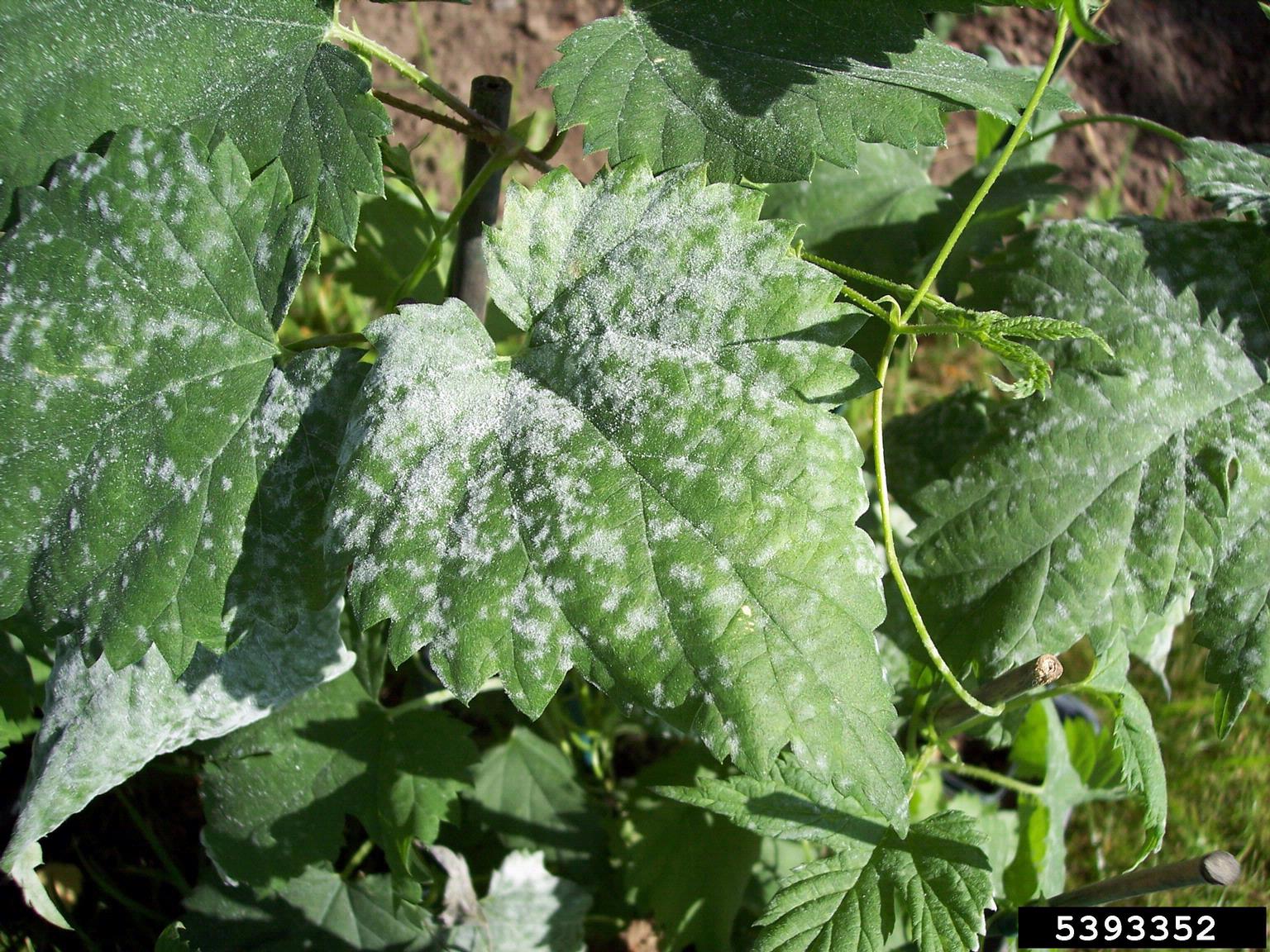 Hops Plant Diseases: Treating Diseases Affecting Hops Plants In Gardens
Hops Plant Diseases: Treating Diseases Affecting Hops Plants In GardensAs prolific as hops can be, the plant may still be afflicted with hops plant diseases. For a fruitful crop, it's important to learn about diseases affecting hops in order to treat hops plant problems ASAP. This article should help with that.
By Amy Grant
-
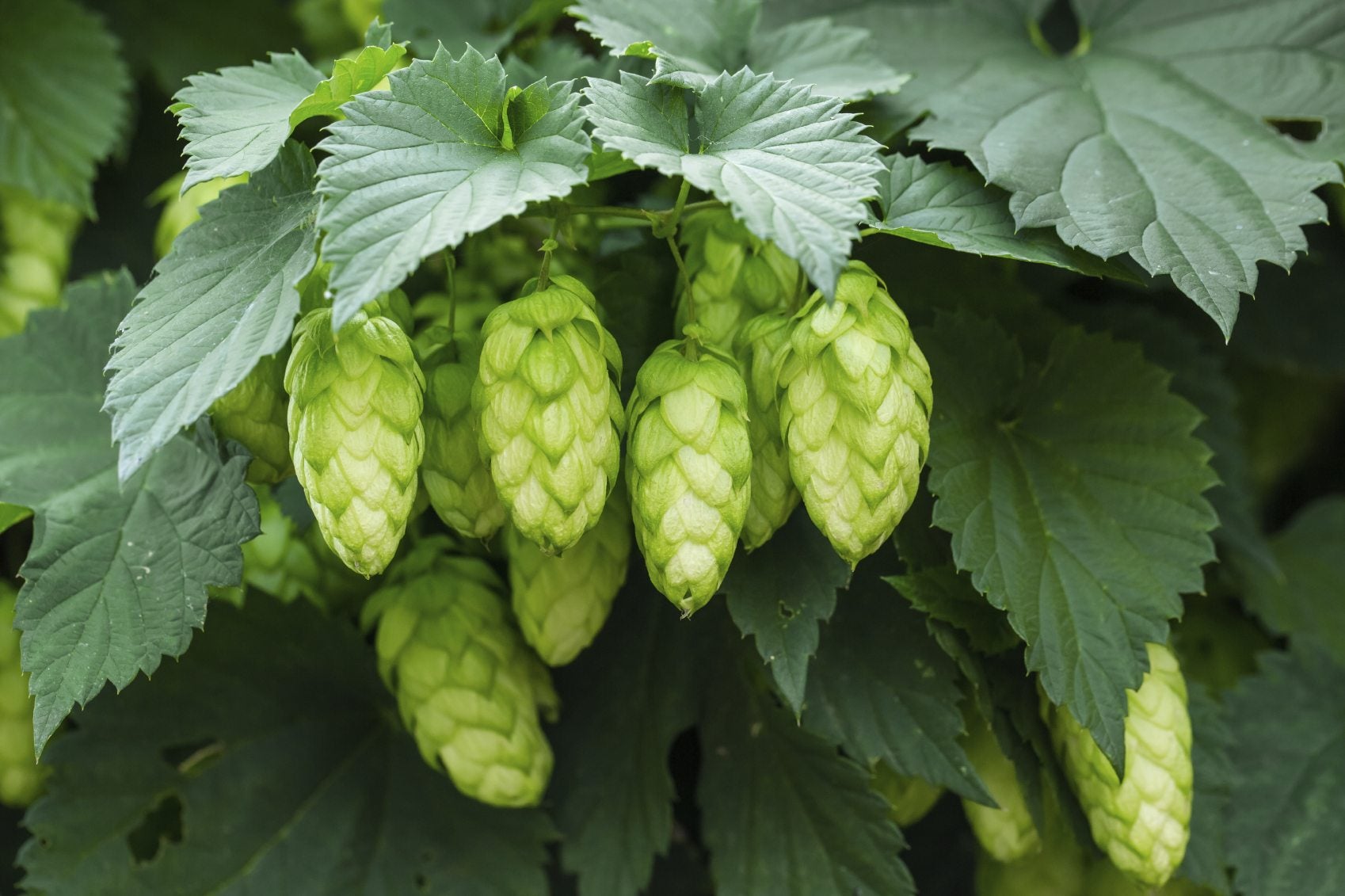 Reasons For No Cones On Hops: How To Get Cones On Hops Plants
Reasons For No Cones On Hops: How To Get Cones On Hops PlantsHops with no cones may be due to the time of the year, cultivation practices, or the age of the vines. Professional growers know how to get cones on hops plants and you can too with a little advice and some tips from the trade. This article will help.
By Bonnie L. Grant
-
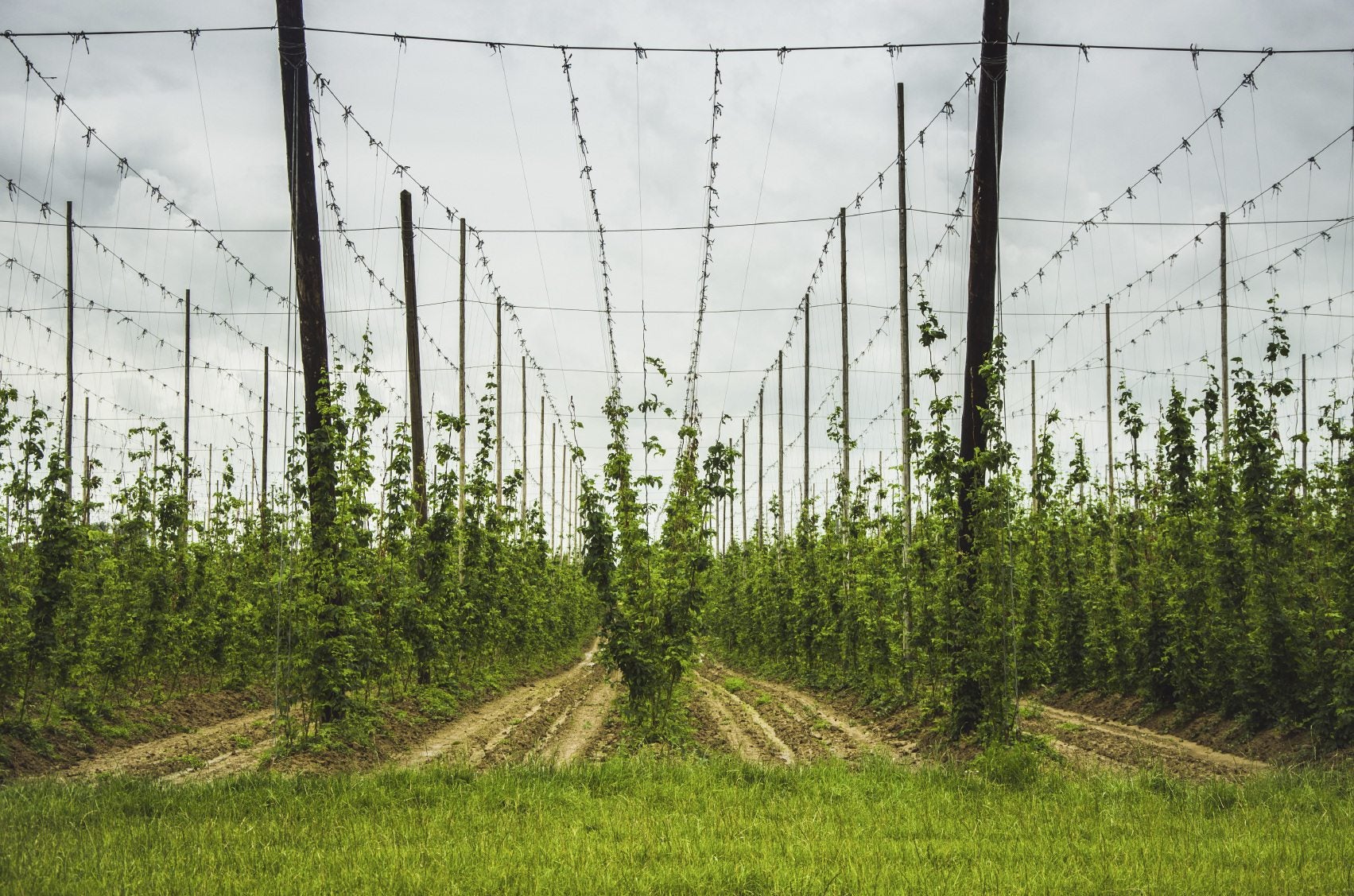 Support For Hops Vines: Learn About Hops Plant Support
Support For Hops Vines: Learn About Hops Plant SupportHops can grow up to 12 inches (30.5 cm.) a day. These rampant climbers need a sturdy trellis of appropriate height to accommodate their size. The following article contains information on the best support for hops plants and building a trellis for hops.
By Amy Grant